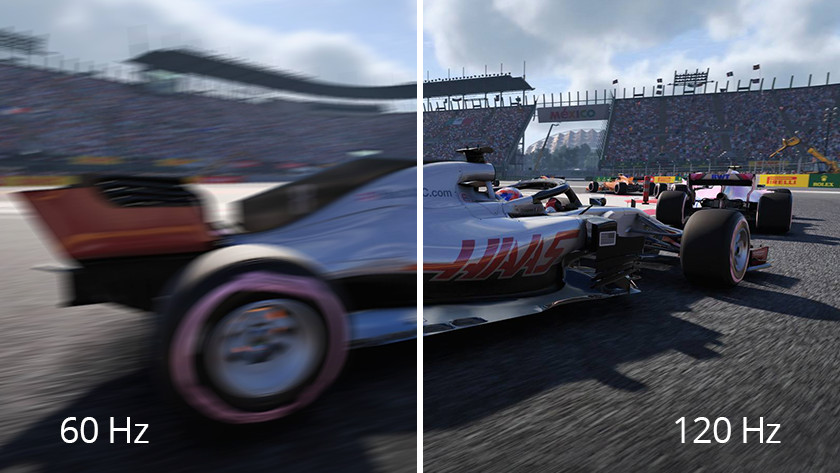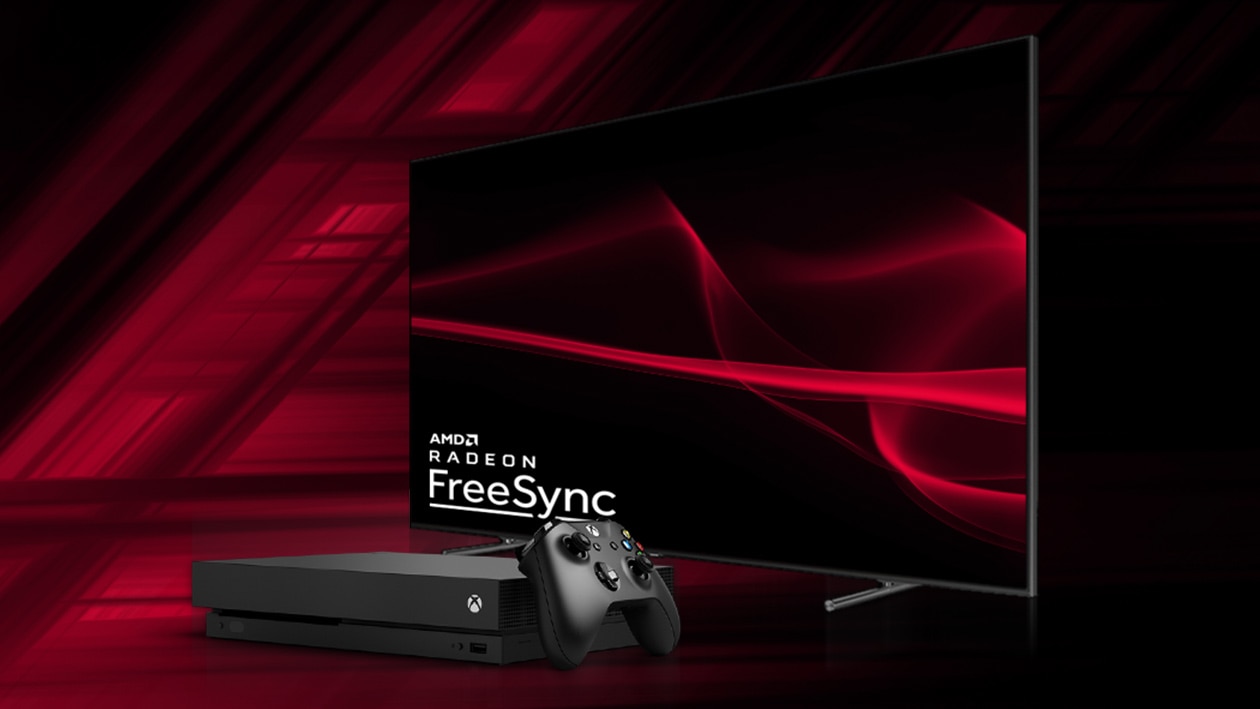HOW TO CHOOSE THE BEST MONITOR FOR YOUR NEED
There are so many types of monitors available in the market. But if you don’t have the proper knowledge, choosing the right one would be difficult. There are so many things you have to consider before buying. Such as “Resolution”, “Screen size”, “Aspect ratio”, “Refresh time”, “Refresh rate”, etc. First of all, you have to decide for which purpose you need that monitor. Is that for video editing or playing games or graphics design? For gaming, you need a gaming monitor. For professional work, you need a professional monitor. Because there are different types of monitors available for different works.
Size & Resolution:
Contents
So, monitors can be anything from 20 inches to 49 inches in size. But the 24 inches and 27 inches are the most common size. Either it’s for gaming, productivity or professional work they provide you pretty much good space. 27 inches monitor offers more screen size and more popular with gamer and power user.
So that’s size then we have the resolution. Resolution means the number of horizontal pixels and vertical pixels on a screen. The higher the number the sharper the image.
Types Of Resolutions In A Monitor:
- Full HD: 1920 x 1080
- Quad HD: 2560 x 1440
- 4K: 3840 x 2160
Mostly the 24 inches types of the monitor have 1920 horizontal pixels by 1080 vertical pixels. That’s also known as Full HD.Some 27 inches monitors also Full HD but as their screen size is bigger then 24 inches the image looks a little bit blurry. For the solution of this choose 2560 by 1440 pixels resolution, also known as quad HD.
Next comes 4K resolution. These have 3840 by 2160 pixels resolution and the images look so sharp and detailed. 4K monitors are good for graphics designers, professionals and for productivity. The 4K monitors are more expensive than a normal Full HD or a quad HD monitor.
I don’t think you will need a 4K monitor gaming. For gaming, at 4K you need a seriously high-end gaming pc. For the most gamer, I’d recommend a good full HD up to 24 inches or quad HD up to 32 inches panel unless you have 4K capable console or a very good high-end graphics card into your pc.
Now if you are looking to edit 4K content then you may actually consider 5120 by 2880 pixels monitor, known as 5K resolution. Which boosts the pixel count and it allows you to display full 4K content on the screen.
Types Of Aspect Ratio In A Monitor:
Now, what is aspect ratio? It means what’s the shape of the monitor. Mostly monitor comes with two types of aspect ratio.
1.16:9 called a widescreen monitor or 2. 21:9 called an ultra-widescreen monitor. 16:9 is the most commonly used aspect ratio. Because of our LCD tv also support this aspect ratio. For normal work the 16:9 aspect ratio is enough.
The ultra-widescreen monitor is 30% wider than a normal widescreen monitor. So why we need the 21:9 ultra-wide monitor. well if you are a content creator, video editor or photo editor then you can choose an ultra-widescreen monitor.
The ultra-wide monitor gives you more space to easily do your editing work and increase your productivity level or if you want more immersive gaming experience. But keep in mind not all games support ultra-wide. So before buying any new game make sure that will support ultra-wide or not.
These ultra-wide monitors have to be curved so that the corners of the screen aren’t far from your eyes.
For most people and gamers who want an ultra-wide, I would suggest either a 29-inch 2560 by 1080P or a 34-inch 3440 by 4040P model. And if you are a professional then a 43-inch and 49-inch super-ultra wide will be your best options.
Screen Panel Types In A Monitor:
The next most important thing to consider is the screen panel type. As it will determine how much the brightness, contrast, color and response time is good enough in a monitor.
There are four main types of panel available in a monitor.
- TN panel
- IPS panel
- VA panel
- OLED panel
Although the OLED panel is still very rare. The first two are the most common panel.
TN Panel ( Twisted Nematic Panel ):
Now TN panel is the most affordable and cheaper than other panels. TN panel offers low response time( 1ms ), high refresh rate up to 240Hz and minimal input lag. That means they are great for fast and professional gaming.
The downside of this panel is poor contrast, low color accuracy, and the viewing angle aren’t very good.
IPS Panel ( In-Plane Switching ):
The 2nd most popular after TN panel. And they provided the best of the best quality in term of brightness, contrast, color accuracy, and a way better viewing angle than TN.
So IPS Panels are best for design, video, and photo editing professionals who need image accuracy and don’t want any compromise with quality and color.
IPS panel are a little bit more expensive and generally, they have higher input lag.
VA Panel ( Vertical Alignment ):
The VA panels are the quite go compromise between TN and IPS panel. They have better color accuracy, contrast, and viewing angle than TN but not as good as IPS.
Although VA panel does offer a higher refresh rate, improve contrast and potentially better brightness than IPS. That’s why most HDR monitors use a VA panel.
However, they have higher response time and also they lose some color and contrast when viewed from off-angle.

OLED Panel ( Organic Light-Emitting Diode ):
OLED panel has the best contrast ratio, great response time, higher color accuracy but they are really expensive and also very rare. So I wouldn’t recommend much this.
So which one should you buy? If you have a very tight budget TN would be the good option. But if you want an all-purpose monitor, like work, watching movies and even little gaming increase your budget a little bit and go for an IPS panel or a VA panel.
If you do casual gaming than IPS or VA is good to go. But if you are a serious competitive gamer then you should consider a TN panel as they have a higher refresh rate and very low response time.
But if you’re a professional content creator then you should definitely go for a good IPS for higher quality and good color accuracy.
Refresh Rate:
Refresh rate means how many times a monitor updates the screen in one second. Higher the refresh rate the smoother the on-screen motion looks.
Refresh rate measured in Hertz and most monitors comes with 60 Hz refresh rate. For normal work, 60Hz is more than enough. But a gaming monitor refresh rate could be up to 240Hz.

If you are a gamer you will prefer 100Hz, 120Hz, 144Hz even 240Hz for much smoother and faster gaming. But higher refresh rate monitor is pretty expensive.
Also, remember that you’ll only see the actual benefit of it if you pc is able to render all those frames every second. If you have an average pc then you might not get the full advantage of higher refresh rate.
Adaptive Sync:
So the smoothest gaming experience tries to get a monitor that supports variable refresh rate and adaptive sync. Adaptive sync can help you to stop screen tearing.
Screen tearing is basically when there are multiple frames shown on a single screen at the same time during playing games. This is obvious when you play below 60fps and it can be pretty disturbing.
So adaptive sync basically does synchronize the monitors refresh rate to the exact number of frames produce your graphics card.

Types Of Adaptive Sync In A Monitor:
There are two main types.
- NVIDIA’s G-sync.
- AMD’s Free-Sync.
G-sync monitor may cost you more because there is complete chipset built-in the monitor. G-sync requires an Nvidia’s graphics card. On the other hand, AMD’s free-sync1 or 2 don’t have a chip. And they compatible with both AMD and Nvidia’s graphics card.

So my advice would be to choose a free-sync2 compatible monitor as they are cheaper as well as compatible with all graphics card.
Response Time:
Response time is how quickly a pixel can change what is displaying. Usually from black to white to black again. Response time measured in milliseconds.
Fastest response time can result in more motion blur. So TN panel offers the fastest response time as low as 1 millisecond. Fast response time is the best for professional or competitive gaming.
IPS panels are bit slower usually around 5 milliseconds. For normal work that’s fine, you wouldn’t really notice any difference. Some premium VA panel can have a very fast response time but generally, they are the slowest and suffers from blurring.
High Dynamic Range (HDR):
HDR enables monitors look awesome and they have greater contrast range between the brightest and darkest part of an image also wider color range. So games that optimized for HDR can look really impressive.
So we have three types of display HDR standers in a monitor.
Types Of HDR In A Monitor:
We have HDR 400 this is considered as baseline. Then we have HDR 600 and premium HDR 1000.
But you can also find panels that are listed as HDR 10. Which refers to the 10-bit color depth but they have a varying degree of brightness.
Many people said that you don’t get true HDR unless you have HDR 1000 and 10-bit color depth. If you want both of those in a pc monitor, you need lots of money to spend on it.
Connecting Ports:
The majority of new monitors will use HDMI 2.0, Displayport 1.2 or 1.4, or USB type-C as their main connector. Now many monitors have both HDMI and Displayport. With the more expensive and newer model also offering USB type-C in some cases you find mini HDMI and mini DisplayPort.
You will need to check your graphics card or laptop ports to see which connection type to use. If you are outputting from your graphics card then using Displayport 1.2 or 1.4. DisplayPort 1.2 supports high refresh rates and 4K at 60Hz.
Conclusion:
If you want a decent monitor for home and office work, go for 22 inches or 24 inches 1080P IPS or VA panel. If you can manage to stretch your budget a little bit go for 27 inches 1440P.
Now if you’re a creative professional working with photos, video editing then a good-quality 27 inches IPS, or if your budget allows maybe even 32 inches or 39 inches ultra-wide 4K IPS will be the best.
But gaming is the main priority for you, then do try to get a model with a higher refresh rate and low response time. Also if you can, try to get one with adaptive sync technology.
